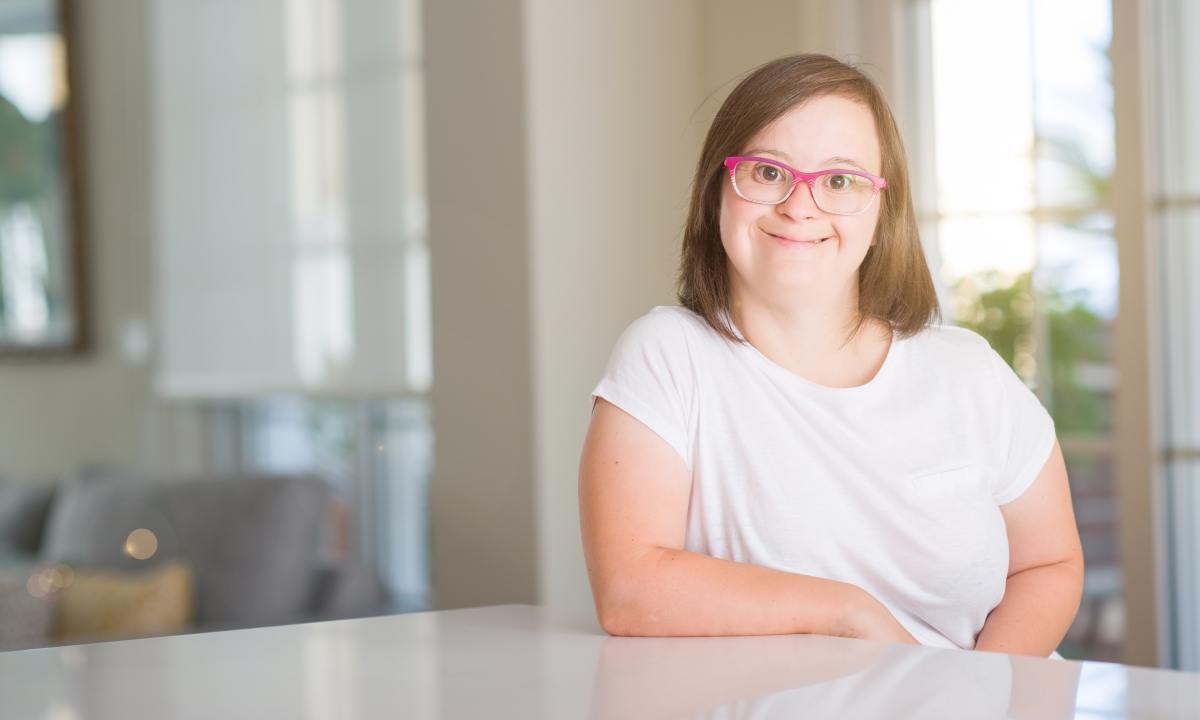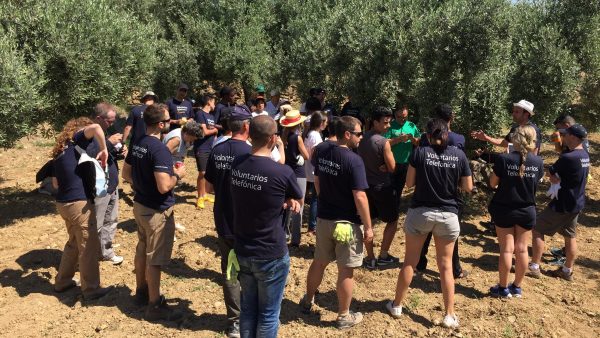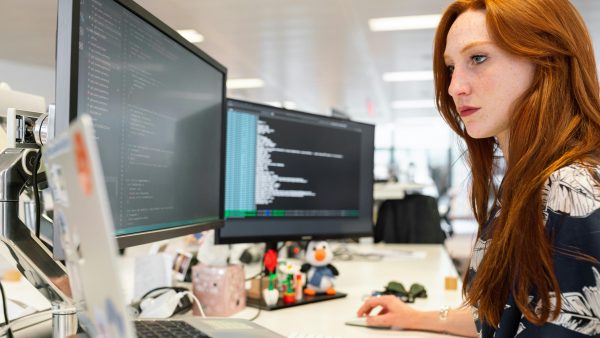According to statistics provided by the United Nations, around 1.3 billion people live in the world with some kind of disability. In this sense, about 16% of the world’s population suffers from some daily barrier, which sometimes causes discrimination and alters their rights as citizens.
The Role of technology in Inclusion
ICT and disability have come together to facilitate and, above all, promote labor insertion, and inclusion in society and ensure that no one is left behind. Basic activities such as education, relationships with other people, or the work context have benefited from these technologies, helping in their daily lives and promoting their autonomy.
In addition to facilitating information, enhancing interpersonal communication and people’s capabilities, information and communication technologies are helping to reduce difficulties and limitations, benefiting aspects such as inclusion in work and educational contexts, improving the quality of education, speeding up interpersonal communication, and increasing the range of leisure and work opportunities.
In addition, they promote critical thinking, enable collaboration with other people, and reduce the digital divide through literacy and the use of technological tools.
ICT and disability: benefits for society
Nine out of ten people with disabilities have improved their quality of life thanks to new technologies, according to the 11th edition of the Technology and Disability Report carried out by Keysight Technologies and the Adecco Foundation. Many technological tools have been developed in recent years, but all have focused on improving integration and eliminating barriers for different disabilities.
Visual impairment
According to a study published by the ONCE Foundation, the main barriers to inclusion for visually impaired people relate to interpersonal communication (48%), followed by difficulties in accessing transport (19%) and interacting with the environment (18%). In this context, applications based on information and communication technologies have been developed to reduce these difficulties.
For example, TapTapSee allows blind people to identify objects from a photograph taken with a cell phone. The user only has to double-tap the screen of the device to capture the object, and from a concise analysis, the element is defined in just a few seconds.
LazarilloApp is a platform that describes the environment in which the disabled person is located, thanks to integrated mapping. With this application, the user will feel constantly guided, since he/she receives information about the environment and can move around with total autonomy, and access paths without obstacles.
Hearing impairment
ONCE Foundation highlights that the main barrier for people with hearing impairment is the lack of communication and interaction, 84%. When a person develops hearing difficulties, their participation in society is limited. As a solution, technologies have been developed that transform texts into audio, a solution that allows mediating some of the difficulties that partial or complete hearing loss implies.
One example is Svisual, a platform developed by the State Confederation of Deaf People. This technological development allows a hearing-impaired person to communicate through a smartphone with hearing people, thanks to the incorporation of a video listener in real time. To use it, you only need to contact Svisual to request the help of the interpreter.
Another noteworthy application is Sordo Ayuda, which integrates voice recognition through the microphone installed in cell phones, and converts sound into text. In this way, a hearing impaired person can read everything that another person is talking about, thus facilitating interaction.
Physical disability or reduced mobility
An Institut Guttmann neurorehabilitation project has documented the main obstacles for people with physical disabilities or reduced mobility. In general, they all face structural and architectural obstacles that impede mobility and movement in the environment.
In this regard, applications have been developed to facilitate their positioning in accessible locations. The most popular is Accessibility Plus, a system developed with augmented reality and geolocation, reviewed by FAMMA, Federation of Associations of People with Physical Disabilities. The application allows the user to access the most accessible points nearby.
Other tools, such as Mapcesible, search for the most accessible environments for the user. It evaluates restaurants, beaches, accommodations and roads according to the possibilities of access and integration of people with disabilities.
Cognitive disability
Cultural and social interactions and communication barriers are the main difficulties encountered by people with cognitive disabilities.
To safeguard these difficulties, the DILO application was designed, a system that allows communication using phrases adjusted to certain contexts, needs and routines. The phrases are stored in different categories, so it is not necessary to write them every time the app is used.
Another application to mention is SoyCappaz, a project developed by Fundación Mapfre and GMP. This platform is simple and practical and aims to provide autonomy to people with intellectual disabilities in their daily tasks. To do this, they have a calendar where they can write down appointments and tasks, an auxiliary help button, a set of video tutorials on specific tasks, and a section where the usual routes taken by the person are compiled, among others.











